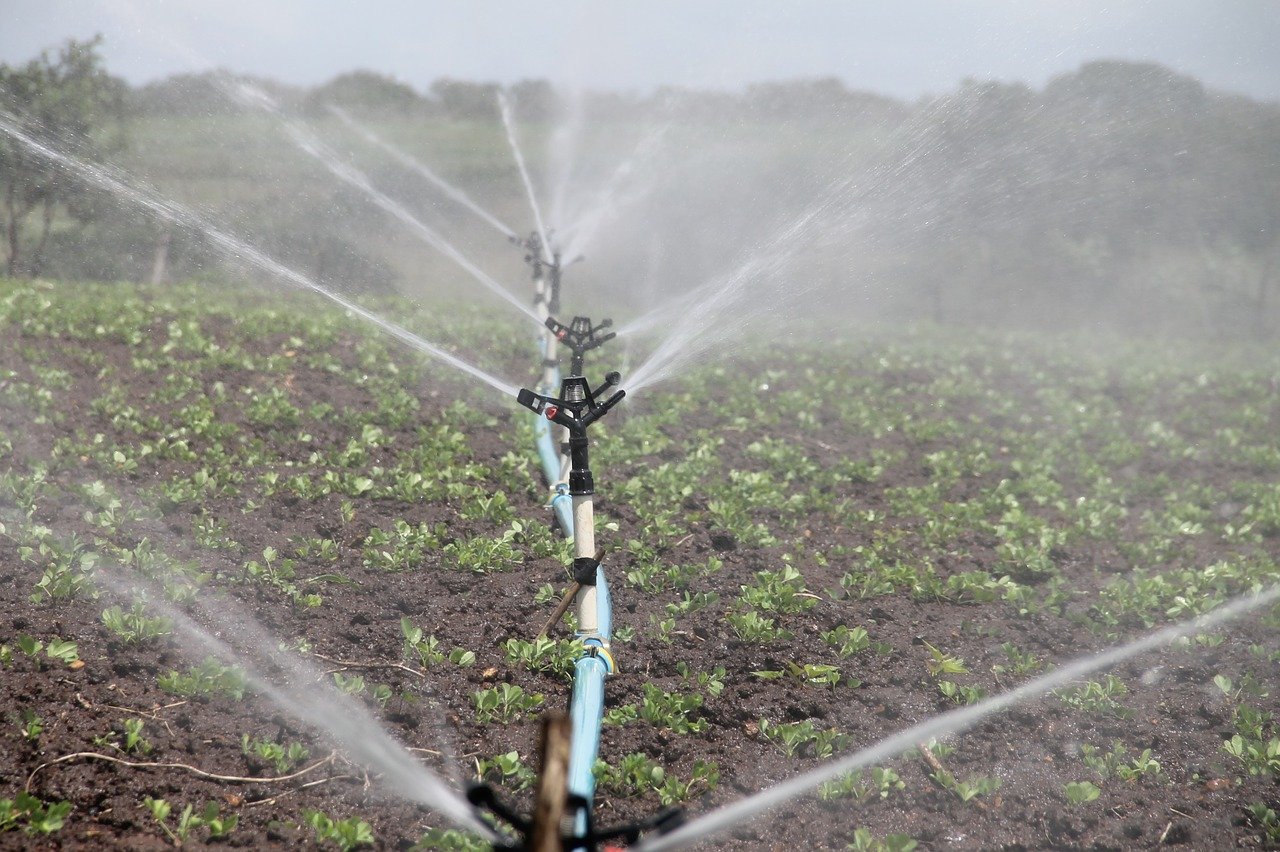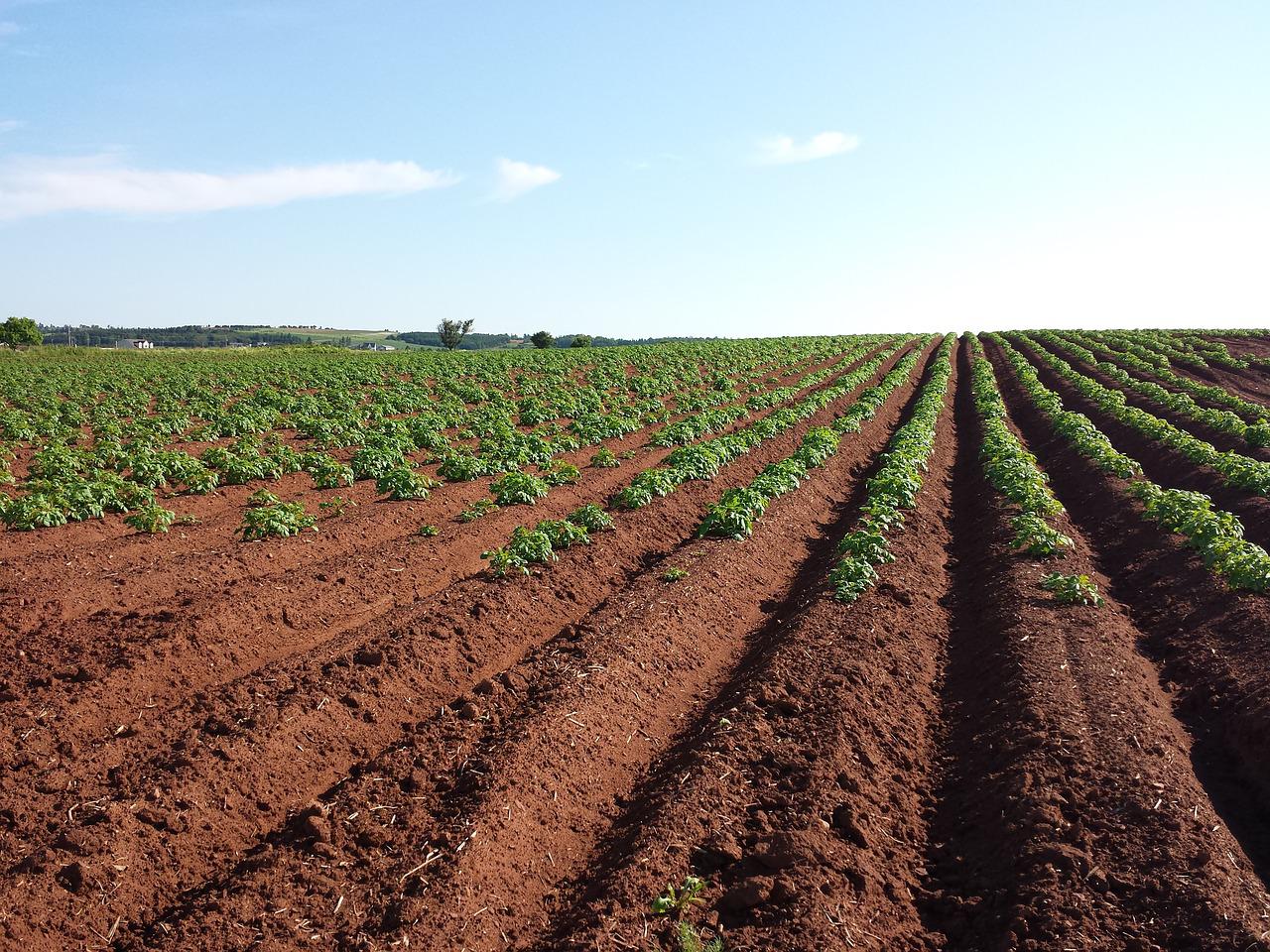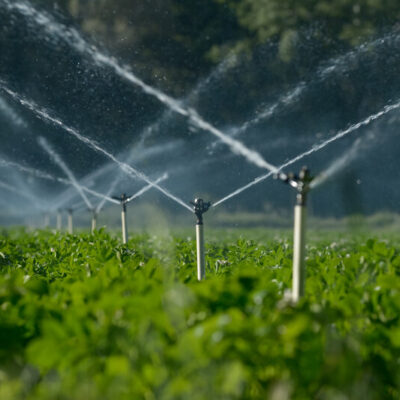Agricultural farming has never been more important than it is today, especially with the Russian invasion of Ukraine and the impending world grain shortage. Farmers need to do everything possible to increase the quality of their soil so it can produce even better yields.
Farmers have already begun taking steps since the Government’s landmark Agriculture Bill became law in January 2021. The bill aims to provide a much-needed boost to the farming economy following years of the inefficient and heavily bureaucratic policy pursued by the EU.
Soil protection and improvement in quality are at the very centre of the bill, aiming in part to counteract soil erosion rates which are between 10 and 100 times greater than soil formation rates. Here in the UK, we lose as much as 3 million tons of topsoil per annum. In the global arena, 30% of croplands, an area bigger than the USE and Mexico combined, have become non-productive.
The Initiatives that can Improve Soil Quality
There are many ways that we can improve soil quality; they include:
Rotating crops
The expansion of crop rotation and the introduction of crops that contribute towards increasing soil biomass.
Cover Crops
This practice is all about introducing temporary crops between growth cycles. Crops that work to preserve the soil's nutrient content, and thus help to protect soil integrity at key stages throughout the farming calendar.
Rotating Sub-Soil
Rotating the sub-soil helps to break up plough pans and areas of deep compaction in order to promote improved soil drainage.
Reducing Direct Drilling/Tillage
This practice allows soils to remain undisturbed by leaving crop harvesting residue on the surface of the soil until the next sowing cycle.
Soil Compaction
Each time heavy machinery crosses the land, it compacts the soil. By introducing GPS tracking, machinery can be directed to run over only 5% of the land, rather than the average of 85% that is the norm without GPS technology.
How Well Managed Irrigation Can Help

The way that farmers irrigate their croplands also plays a significant part in the health of the soil.
But in order to implement soil improvement plans, as a farmer you must first understand what you are dealing with in terms of soil quality, or lack thereof. You can access a soil-scape map to give you an idea of the type of soil predominant in your region, but you will also need to carry out some soil analysis tests.
You can find out more about soil testing and analysis on the Yara.co.uk website.
Effective soil analysis will provide you with the basic knowledge you need regarding the biological, chemical, and physical make-up of your soil. Once you have that information, you can begin to develop an effective soil nutrition management plan that will eventually allow you to optimise crop production.
Soil analysis provides fundamental knowledge on the chemical, physical and biological status of a soil. This information is used to manage the soil and to develop an effective Nutrient Management Plan that optimises crop production.
Yara offers advice on fertiliser spreading, but mostly through mechanical means. There is another process allied to irrigation which is known as chemigation or fertigation.
The Advantages of Fertigation
Fertigation has got certain advantages over broadcast and band fertilisation. They include:
- The frequent application of fertigation reduces nutrient concentration fluctuation.
- A more precise amount of nutrients is delivered to crops relevant to the specific crop’s needs.
- Nutrients and fertilisers are applied evenly throughout the soil where needed.
- The delivery of fertigation is not as vulnerable to the conditions imposed by the state of the crops that otherwise prohibit the use of other conventional application methods.
What Exactly is Fertigation?
Fertigation and chemigation are related technologies but have different goals.
- Fertigation can be described as the application of soluble fertilisers or plant nutrients delivered by an irrigation system.
- Chemigation is the application of chemicals such as pesticides or other liquids to alter water pH.
They are, to a large extent, interchangeable, and both are used to correct soil discrepancies that adversely affect crop growth.
It makes perfect sense to use irrigation water as the delivery vehicle for getting additional soil and plant nutrients where they are needed. Modern irrigation systems such as drip and centre pivot sprinkler technologies are both perfect candidates.
Fertigation Irrigation Maintenance and Management Tips for Farmers
Before planning to start a fertigation session, the irrigation system needs to be fully pressured up. Ideally, you should allow sprinkler irrigation systems to work for approximately 15 minutes before fertigation commences. This is to ensure you achieve andeven application.
You can use a nontoxic colourant or dye and add it to the water to help you to more easily determine how long it takes for the fertiliser to reach the last emitter in the system. As a rule, the injection time is normally calculated as being one-third of the application time.
Before fertigation commences, you should check whether any special maintenance procedures like the pre-treatment of irrigation water or chlorination, need to be applied.
In order to achieve optimal fertigation, it is necessary to have an effective scheduling regime in place. You need to determine the quantity of irrigation that needs to be applied which is dependent on the water-retaining capacity of your soil. It is important to enable you to discover the depth of the application before introducing fertigation.
You can work it out by comparing the soil's water-carrying ability with the irrigation system's delivery rate. The key is to inject the fertigation within the limits you determine so that you avoid deep percolation, especially if your soil is sandy.
Once the fertigation process has been completed, in order to prevent your irrigation system from corroding, it is necessary to flush the system through with clean water. However, don't forget that when doing so, the applied fertigation could be soaked down further into the crop’s root zone.
One way of controlling this is to ensure that the chemical concentration in the irrigation water is no more than a maximum of 5%. A good rule of thumb is to aim for a chemical concentration of no more than between 1 and 2%.


